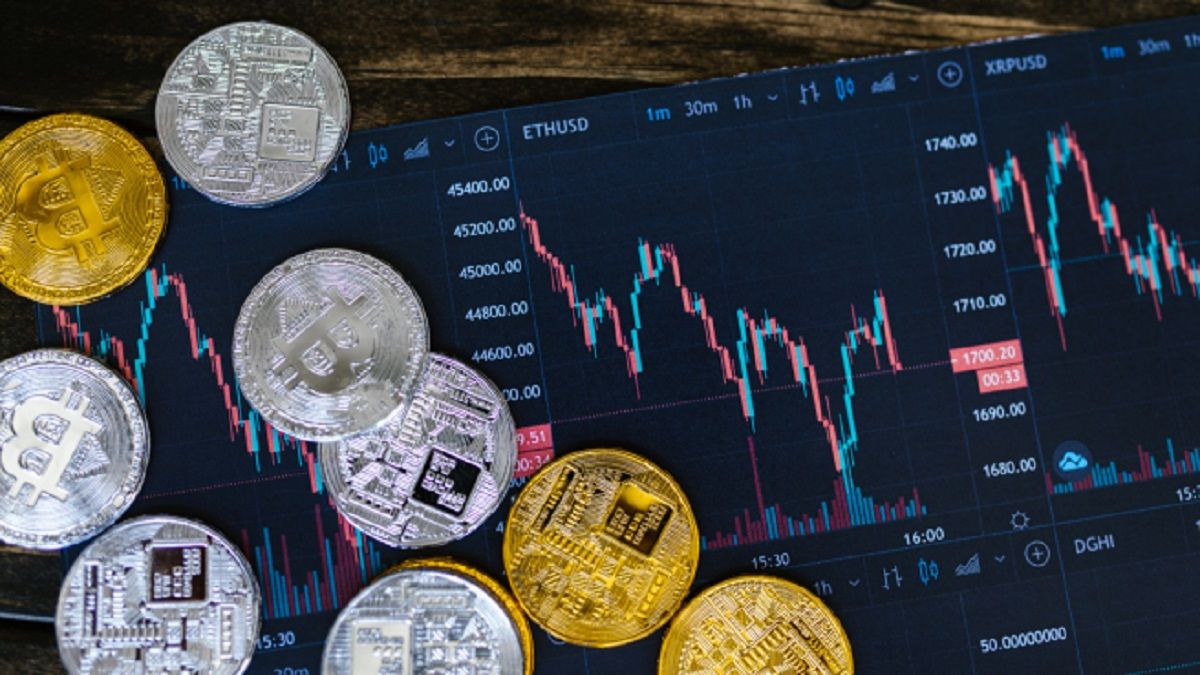The asset, which is expected to remain stable at $1, started falling on Sunday and has been shaky ever since. This Monday it was trading at $0.65, according to CoinMarketCap.
dei.jpg
The development comes after the collapse of Terra’s algorithmic stablecoin UST, a cryptocurrency project that crashed last week after its dollar-pegged asset lost parity. The events, which saw LUNA, Terra’s native token, falling from $80 to zero in a matter of hours, have negatively impacted the rest of the market.
Against this backdrop, Bitcoin has struggled to recover $30,000 as major cryptocurrencies post notable losses since the controversial Terra incident. In the meantime, Other stablecoins including Tether (USDT) and Tron’s new USDD have also faced difficulties maintaining their peg to the dollar.
How does the DEI stablecoin work?
Similar to UST, DEI is a algorithmic stablecoin that works by minting and burning mechanism of DEUS, its sister token, to maintain parity with the dollar. However, unlike the Terra stablecoin, DEI is a collateralized asset in currencies other than DEUS, such as USD Coin (USDC), Fantom (FTM), DAI, and WBTC.
As Decrypt explains, users can always mint 1 DEI by depositing $1 as collateral. Collateral can be Circle’s USDC, FTM, MakerDAO’s DAI stablecoin, WBTC (the wrapped version of Bitcoin), or a combination of DEUS and USDC. The collateral ratio between USDC and the native DEUS token is 80%.
When DEI is minted, the underlying collateral is burned, while when the stablecoin is exchanged for said collateral, DEUS tokens are also minted. For example, if DEI is minted using USDC as collateral, upon redemption the user would receive 80% USDC and 20% DEUS.
If the DEI price is above $1, users can mint 1 DEI using $1 collateral and sell it on the market to pocket the difference as profit. Conversely, if DEI drops below one dollar, users can buy a DEI for less than one dollar on the open market and redeem them for $1 worth of collateral in USDC and DEUS.
DEUS token also falls
Along with the stablecoin, the DEUS token has also fallen in price. According to data from CoinMarketCap, the project’s native coin is down just over 10% in the last 24 hours and is trading at $262 at press time. Before the fall, the price of DEUS had rebounded touching the 321 dollars the unit.
The price drop of its sister token could be affecting the DEI parity. In the meantime, as a way to reduce the risks of collapse, the DEUS Finance team has stopped the swap process to help stabilize the currency. They also announced that the currency would be fully collateralized and assured that the parity will be restored within the next 24 hours.
Beyond the most recent events in the market, the DEUS Finance ecosystem has experienced other difficulties that could now affect its stablecoin. In the last two months, its DeFi protocol suffered two hacking attacks, the product of flash loans, which drained more than $30 million in cryptocurrencies.
Source: Ambito
David William is a talented author who has made a name for himself in the world of writing. He is a professional author who writes on a wide range of topics, from general interest to opinion news. David is currently working as a writer at 24 hours worlds where he brings his unique perspective and in-depth research to his articles, making them both informative and engaging.




